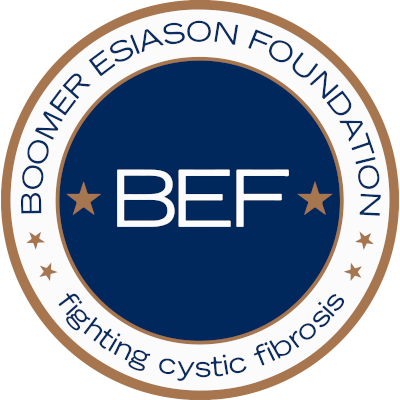Source: American Thoracic Society press release
Adding inhaled dry powder mannitol to standard therapy for cystic fibrosis produced sustained improvement in lung function for up to 52 weeks, according to a new study. Along with the treatment’s efficacy and good safety profile, the convenience and ease of administration of mannitol treatment may improve adherence with therapy in these patients.
In the double-blind study, which was supported by Pharmaxis Limited, 318 patients were randomized to treatment with 400 mg bid inhaled mannitol or 50 mg bid inhaled mannitol (control group) for 26 weeks, followed by an additional 26 weeks of open-label active treatment. A 50 mg dose was chosen as the control because it was felt it would not be clinically effective, based on an earlier dose escalation study. Mannitol was given on top of a background of typical concomitant therapy such as recombinant human deoxyribonuclease and inhaled antibiotics.
The findings were published online ahead of print publication in the American Thoracic Society’s American Journal of Respiratory and Critical Care Medicine.
“Patients in the treatment group showed a 106.5 mL mean improvement in forced expiratory volume in one second (FEV1), an 8.22 percent improvement from baseline, compared with a 52.4 mL improvement (4.47 percent) in the control group,” said lead author Moira L. Aitken, MD, professor of pulmonary and critical care medicine at the University of Washington Medical Center. “Forced vital capacity increased 136.3 mL in the treatment group, compared with 65.0 mL in the control group. Treated patients also experienced fewer pulmonary exacerbations than controls.”
The difference in absolute FEV1 between the study and control groups approached statistical significance (p=0.059), while the difference in relative change from baseline FEV1 between groups reached significance (p=0.029). Improvements in FEV1 were maintained in the treatment group during the 26-week open-label extension phase of the study. In the control group, mean FEV1 improved 84.0 mL (6.3 percent) from baseline during the open-label phase.
Patients in the treatment and control groups experienced similar rates of adverse events. Given a possible influence of mannitol on lung microbiology, qualitative sputum microbiology was performed for Staphylococcus aureus and Pseudomonas aeruginosa during the double-blind study period. No qualitative changes in microbiology results from baseline were observed in either group.
Compliance was good in both groups, with 85.2 percent of patients in the treatment group and 88.7 percent of controls using 60 percent or more of the drug dispensed.
Although the primary end point for the study, the difference in absolute FEV1 between the treatment and control groups, did not reach significance, this may have been due to use of a single baseline visit to establish baseline FEV1 values. When baseline FEV1 values were calculated as an average of FEV1 values over two baseline visits, as in prior clinical intervention studies, the overall increase in absolute FEV1 was significantly (p=0.0008) greater in the treatment group. The 50 mg dose of mannitol used in the control group may also have had some benefit, which limited the absolute difference between groups.
“In our patients with cystic fibrosis, treatment with inhaled mannitol resulted in sustained improvements in lung function over 12 months, with a favorable safety profile,” concluded Dr. Aitken. “In addition, the dry-powder inhaler used to administer mannitol is small, portable, easy to use and doesn’t require thorough cleaning and disinfection after each use, which may help patients better adhere to treatment. Our results support the use of inhaled mannitol for the daily management of cystic fibrosis.”
